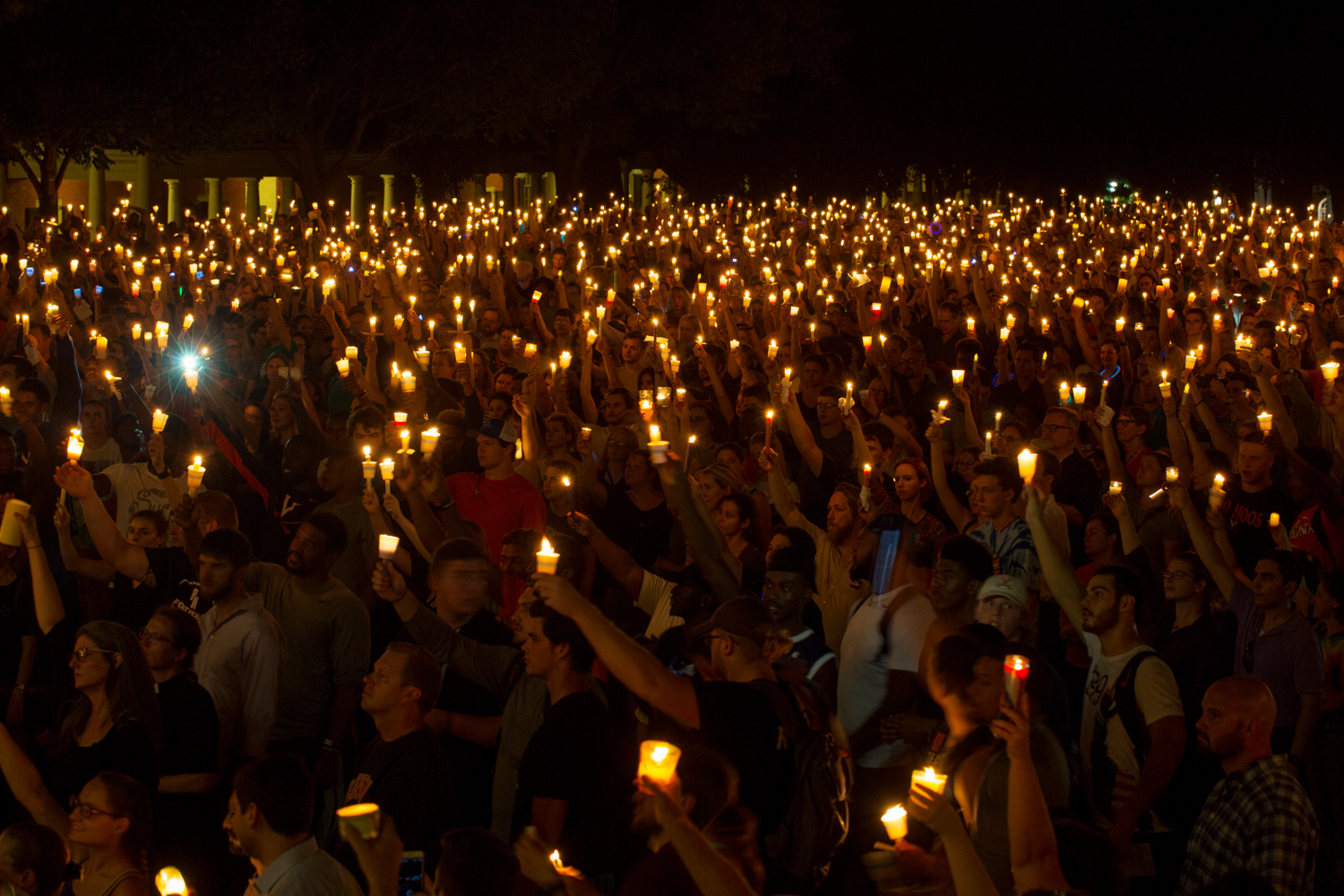John Edwin Mason teaches African history and the history of photography at the University of Virginia. In 2016, he served as vice chair of the City of Charlottesville’s Blue Ribbon Commission on Race, Memorials, and Public Spaces, which recommended that the city should either remove or transform and contextualize its...

